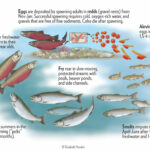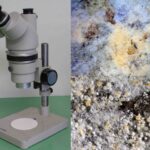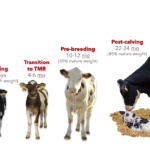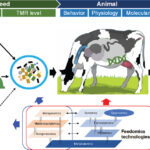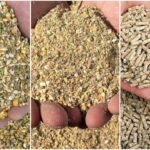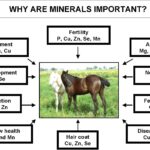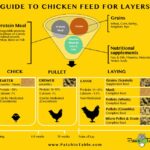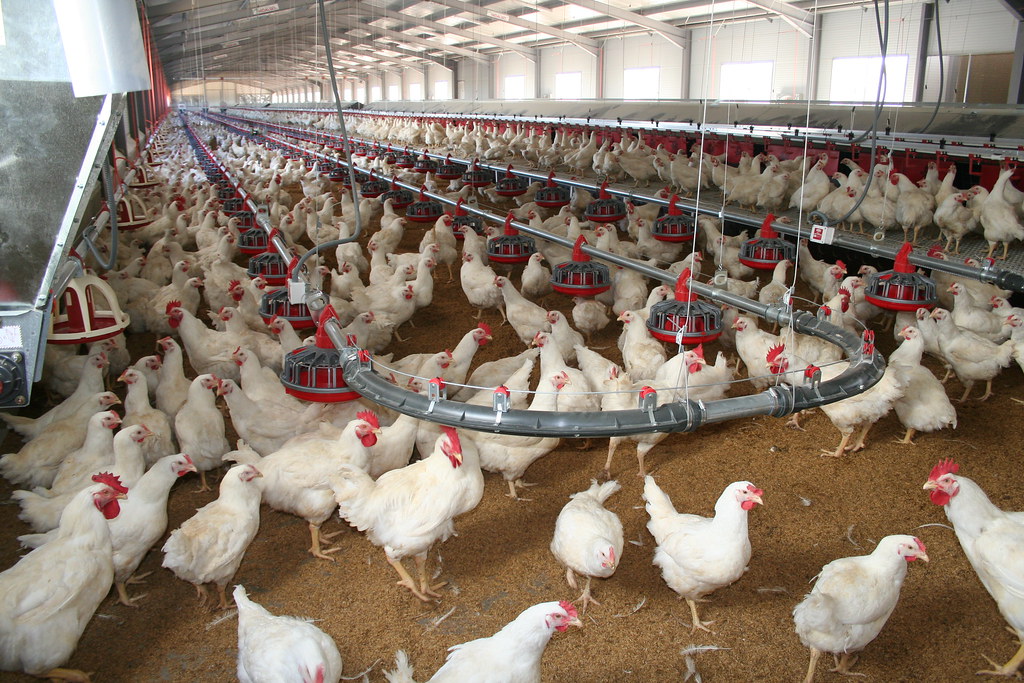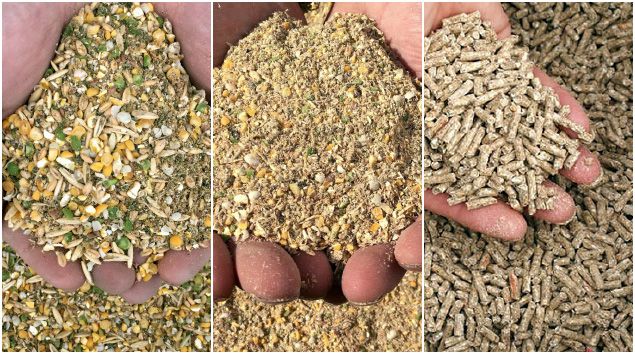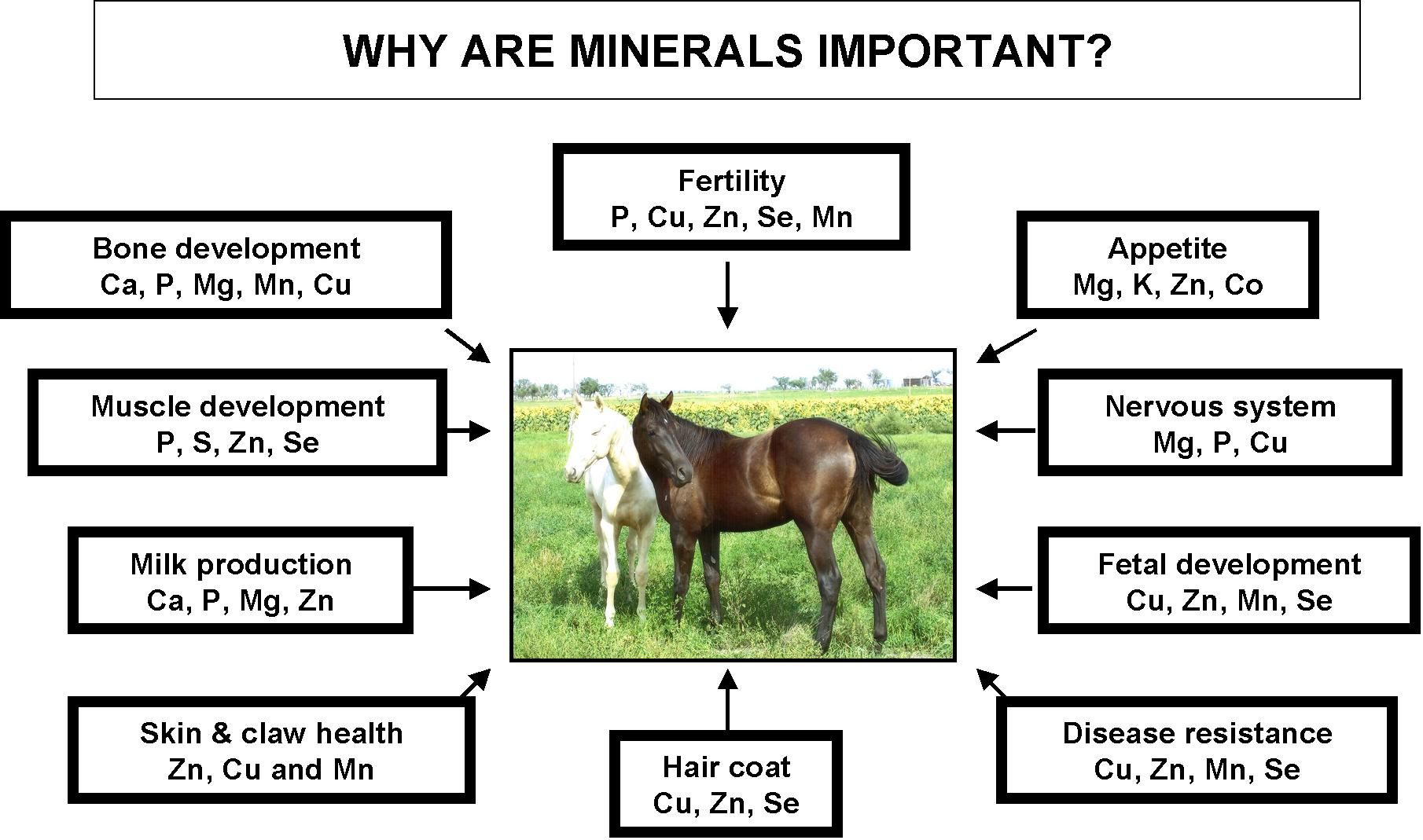. Nutrient requirements of commercial and breeder layers
Thank you for reading. Don't forget to subscribe & share!
· Feeding programs in brooding, growing, and laying phases
· Feed restriction
· Egg quality and production factors
· Mineral and amino acid-energy ratios
Nutrient requirements of commercial and breeder layers
Modern commercial layers require diets formulated to meet their energy intake, digestible amino acids (AA), and high, phase-specific calcium needs. Typical targets during peak lay are ME 2,700–2,850 kcal/kg, CP 15.5–18%, digestible Lys 0.72–0.80%, digestible Met 0.35–0.42%, Ca 4.0–4.5%, and avP 0.30–0.40% depending on strain and feed intake. Breeder layers require slightly higher micronutrient density to support fertility and hatchability (e.g., vitamin E 30–50 IU/kg; Se ≈0.3 mg/kg), plus careful body-weight control. Requirements shift over time and are better estimated using factorial models and response surfaces that tie digestible AA to daily energy intake, rather than the percentage of the diet. Newer modeling approaches (2024) refine AA needs by production phase and egg mass output, improving feed efficiency and reducing N excretion. Hy-Line and Lohmann management guides remain the most applicable, strain-specific references for field formulation. Practical tips: formulate to daily intake (g/hen/day), split Ca sources (fine + coarse limestone), and adjust Ca/avP with age as shell demands rise while P needs decline.
Feeding programs during brooding, growing, and laying
Brooding (0–6 wk): high nutrient density (CP 20–22%; balanced Ca:P ≈1:1 early) to secure frame and organ development. Growing (6–15/16 wk): lower protein/energy to track target weight curves and avoid precocious maturity. Pre-lay (≈2 wk pre-5% production): introduce pre-lay Ca 2.0–2.5% to mineralize medullary bone. Laying (≥5% production): stepwise Ca to 4–4.5%; adjust energy to actual intake and ambient temperature; transition feeds gradually to avoid dips. Maintaining the correct particle size distribution improves intake and gizzard function. Early-life body weight strongly predicts later performance, so monitor BW and uniformity tightly in brooding.
Qualitative and quantitative feed restriction
While continuous ad-libitum feeding suits commercial layers, controlled intake is routine in parent-stock (breeder) layers to achieve target BW and reproductive efficiency. Quantitative restriction (fixed daily grams) and qualitative restriction (lower energy density with fiber/dilution) are both used. Evidence from breeder literature shows restriction improves uniformity and fertility but must be executed with excellent distribution to avoid welfare issues (e.g., feather pecking); mitigations include skip-a-day regimens, fiber dilution, and precision trough space. Use flock-specific BW curves and objective uniformity checks.
Effect of feed on egg quality and production
Egg mass responds primarily to digestible Lys + TSAA supply and energy balance; linoleic acid supports egg size (targets often ≥1.0–1.5% of diet). Eggshell quality hinges on total Ca, limestone particle size/solubility, vitamin D3 status, and Ca:P balance. Coarser Ca (2–4 mm) releases Ca late in the dark period, improving shell thickness and bone strength—especially in older hens. Dietary oils (e.g., algal or canola) can enrich yolk DHA without compromising production when AA are balanced
Effect of P & Ca ratio and amino acid–energy ratio on egg production
The Ca:available-P ratio typically increases as hens age and production persists; practical ranges progress from ~8–9:1 early lay to ~10–11:1 late lay. Too little P or too much Ca depresses feed intake and bone; too little Ca yields thin shells. Optimize AA:ME ratios (e.g., digestible Lys ≈11–12 mg/kcal ME) to preserve egg mass without overfeeding protein; align TSAA:Lys and Thr:Lys with the strain guide. Particle size and limestone solubility interact with these ratios and should be managed together.

